4 Amazonian Superfoods to Include in Your Diet

People in the Amazon have relied on these tropical ingredients for centuries, each of which are now becoming popular health supplements within the U.S. From energizing fats, proteins and carbohydrates to recovery-aiding nutrients and vitamins, here’s how these four superfoods from the jungle can fuel your running.
Photo Gallery
1 of {count}
Back to Start
View Larger Image
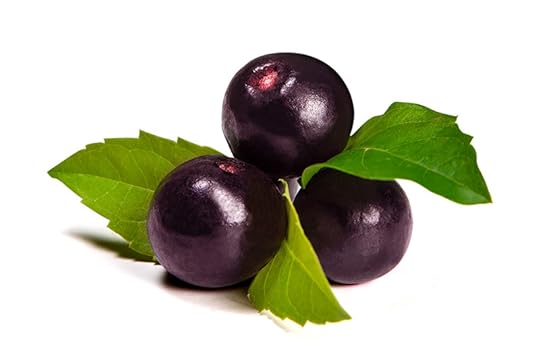
Açai
A purplish black berry similar in appearance to a grape, but with much less pulp, that grows on açai palms. The açai berry has been touted for its restorative antioxidant properties that improve blood circulation and protect healthy cells from free radicals. Runners tend to overproduce these free radicals, and that oxidative stress can lead to accelerated aging, damaged immune cells, chronic fatigue, inflammation, and muscle soreness and damage.
View Larger Image
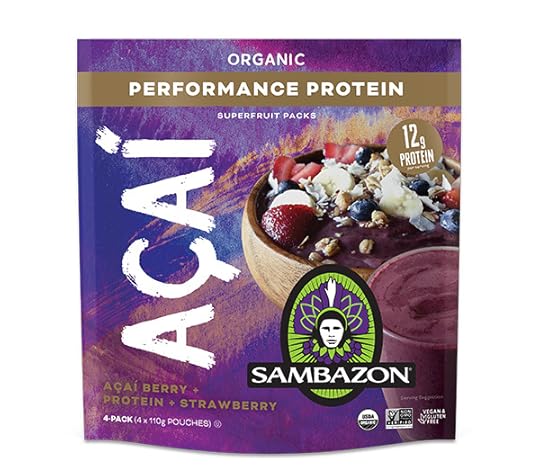
Sambazon Acai Superfruit Performance Protein Packs, $8 for a 4-pack
The açai berry's most popular form comes in açai bowls or smoothies. These performance protein packs from Sambazon contain frozen açai pulp and 12 grams of vegan protein perfect for blending into bowls topped with fruit, coconut flakes and granola or on-the-go smoothies.
View Larger Image
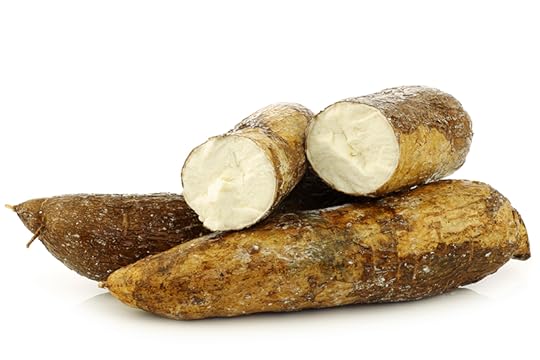
Cassava
A starch-rich tuberous root vegetable, similar to yams or potatoes, also known as tapioca when dried to a pearly extract. Cassava has nearly double the calories and carbohydrates than most potatoes. It’s ideal fuel for distance runners putting in 100-plus mileage weeks, but should be taken in moderation otherwise. They’re also a decent source of vitamin B-complexes, potassium and dietary proteins. Like most starches, its most hailed quality is being gluten-free; when converted into flour it makes a good baking alternative.
View Larger Image

Otto’s Cassava Flour, $18 for a 2-pound bag
Since cassava flour is a 1:1 substitute to wheat flours, it’s most commonly used in baking and making tapioca dishes. Otto’s Cassava Flour uses 100 percent peeled, sun-dried and then grounded cassava that avoids the acidic fermentation process most other products on the market undergo.
View Larger Image
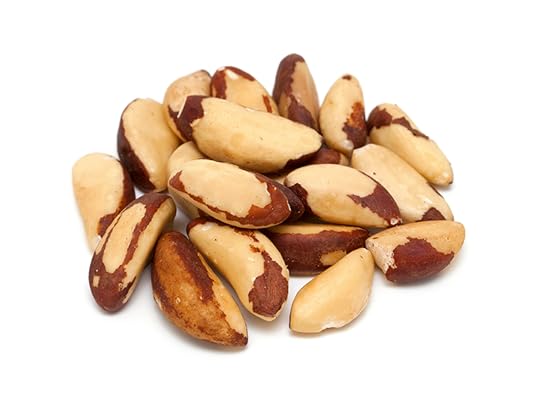
Brazil Nut
Native communities within the Amazon basin rely on the Brazil nut, which are the seeds of a large fruit from the Brazil nut tree, as a source of energy due to its high protein and fat content. The monounsaturated fatty acids help to lower LDL (“bad cholesterol”) and increase HDL (“good cholesterol”) levels in the blood—meaning they’ll reduce your risk of heart disease and other illnesses associated with high cholesterol.
View Larger Image

Nuttzo’s Power Fuel nut butter, $19 for a 16-ounce jar
Like any other nut, the Brazil nut can be eaten roasted, salted or plain raw. Throw some into trail mix or use it in nut butter such as Nuttzo’s Power Fuel nut butter . This nut butter contains seven nut and seed ingredients including organic Brazil nuts.
View Larger Image
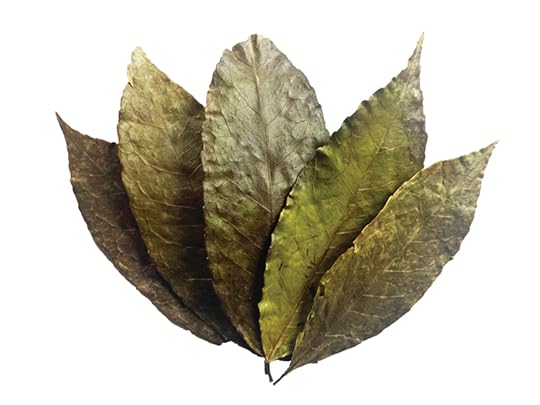
Guayusa
A leaf grown on holly trees native to Ecuador and brewed in teas. More of a “super-leaf,” guayusa is neither green nor black tea. In fact its effects are more closely related to coffee in that it contains just as much caffeine. It’s also packed with polyphenols, the antioxidants found in wine and cacao known to prevent cancer, and chlorogenic acids known to improve cardiovascular health. Unlike green and black teas, there are no astringent-tasting tannins in guayusa; it has more of a sweet taste.
View Larger Image

Runa Energy Drink, $45.45 for a 12-pack
Guayusa loose leaf and cold-brewed teas and energy drinks are sold by RUNA. RUNA, which means “fully alive” in the language of the native Kichwa people in Ecuador, guayusa teas provide clean, natural-tasting energy with up to 120mg of caffeine in its energy drink. That’s more than an average cup of coffee of 95mg. Replace it with your pre-run coffee for a more sustaining source of energy.

More Galleries
The post 4 Amazonian Superfoods to Include in Your Diet appeared first on Competitor.com.
Ryan Hall's Blog
- Ryan Hall's profile
- 21 followers



